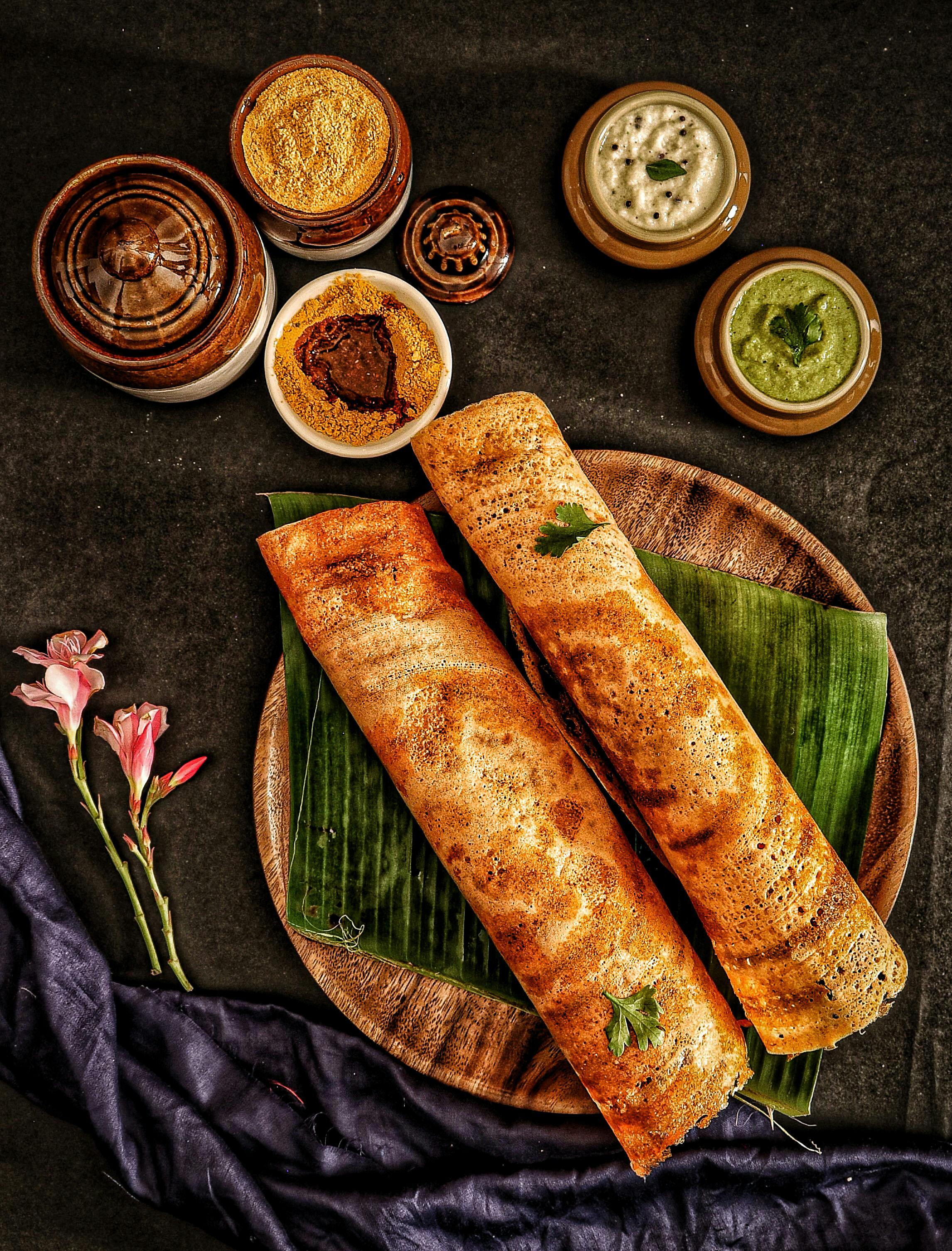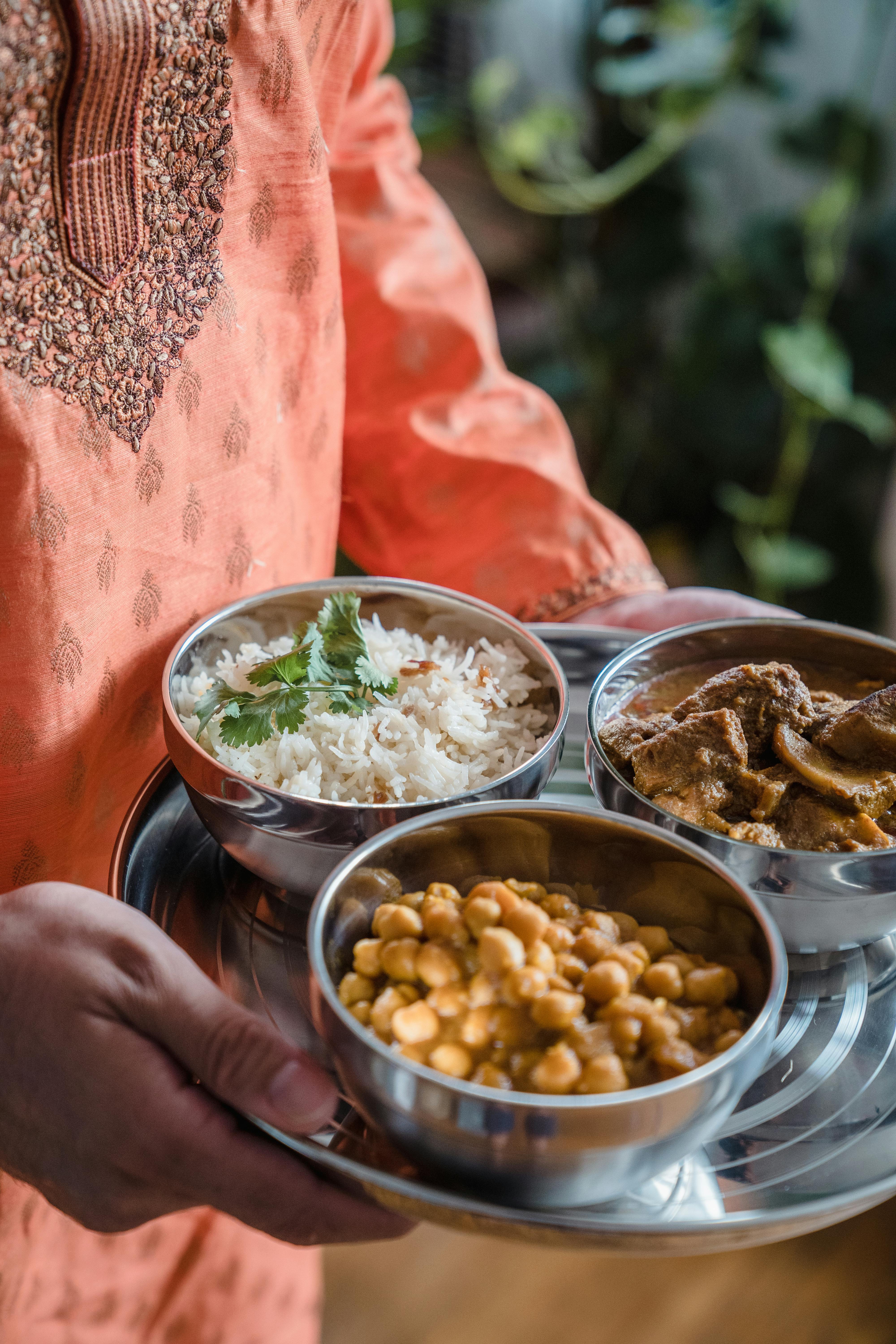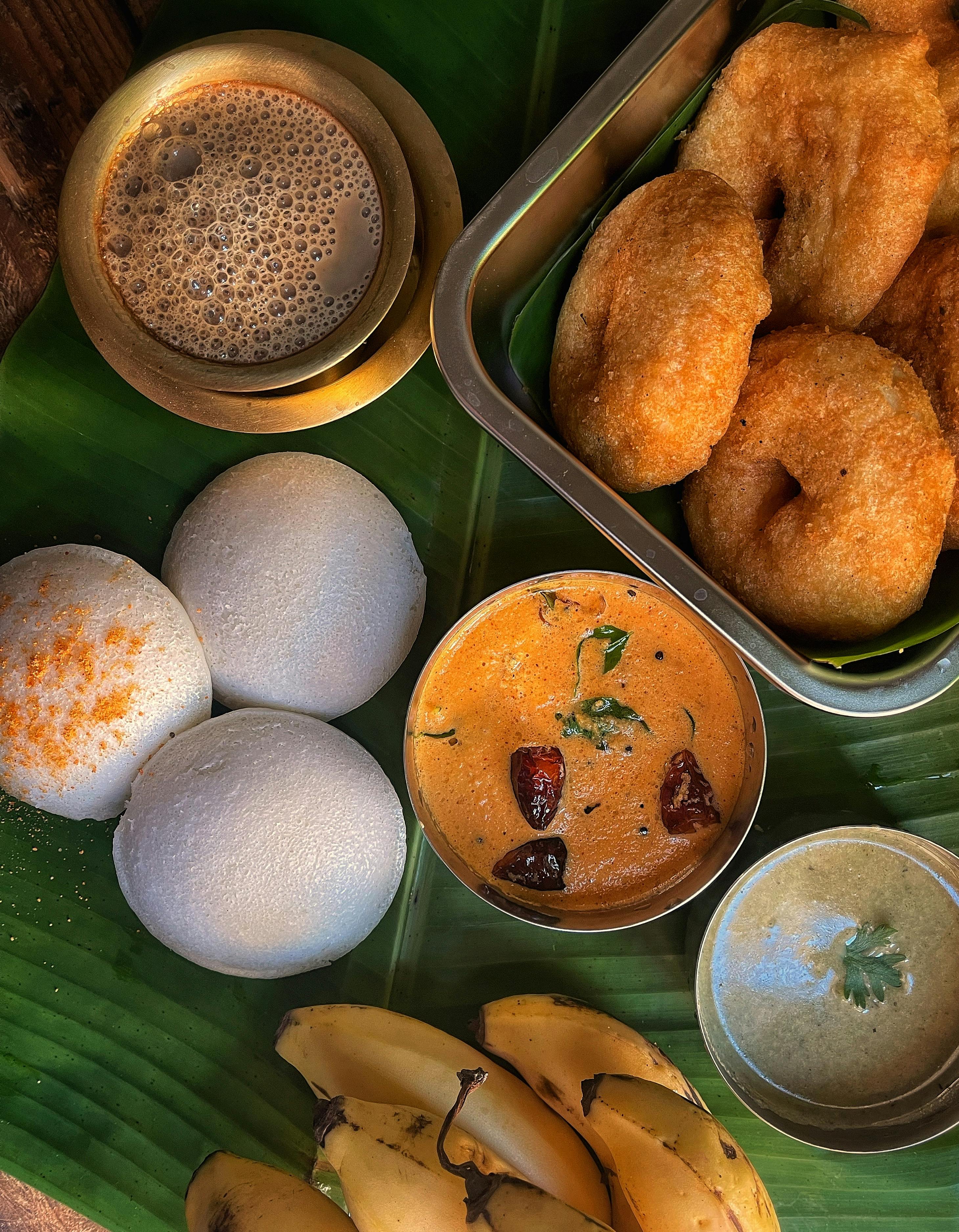
Beyond the Familiar: Lesser-Known Regional Indian Cuisines
When most Americans think of Indian food, familiar favorites like butter chicken, tikka masala, and naan bread typically come to mind—dishes that represent just a small fraction of India’s vast culinary landscape. Beyond these popular North Indian staples lies a world of regional cuisines that remain largely undiscovered outside their home territories—cuisines with distinctive ingredients, unique cooking methods, and flavor profiles that might surprise even experienced Indian food enthusiasts.
From the fermented flavors and bamboo-cooked specialties of Northeast India to the desert-adapted cuisine of Rajasthan, from the tribal traditions of central India to the distinctive Jewish and Syrian Christian cuisines of Kerala, these lesser-known culinary traditions offer fascinating insights into India’s remarkable cultural and geographical diversity. This exploration takes you beyond the familiar menu items to discover regional Indian cuisines worth seeking out—and increasingly available in select American restaurants.
Northeast Indian Cuisine: A World Apart
Perhaps the most underrepresented of India’s regional cuisines in American restaurants, the food of Northeast India (comprising states like Assam, Nagaland, Manipur, Meghalaya, Mizoram, Tripura, and Arunachal Pradesh) offers flavors and techniques that differ dramatically from mainstream Indian restaurant fare.
Distinctive Characteristics of Northeastern Cuisine
Several key features distinguish Northeastern cooking from other Indian regional cuisines:
- Minimal use of spices: Unlike the complex spice blends found in many Indian cuisines, Northeastern cooking often relies on simple seasonings, allowing the natural flavors of ingredients to shine
- Fermentation techniques: Fermented foods like axone (fermented soybean), tungrymbai (fermented soybeans), and fermented bamboo shoots are staples, providing distinctive umami flavors
- Bamboo cooking: Food cooked inside bamboo tubes over fire imparts a unique smoky flavor—a technique found across many Northeastern states
- Diverse protein sources: Various meats including pork, beef, and even insects feature prominently, reflecting tribal hunting traditions
- Fiery chilies: The region is home to some of the world’s hottest chilies, including the famous bhut jolokia (ghost pepper) from Nagaland and Assam
Regional Variations Within the Northeast
The Northeast encompasses remarkable diversity, with each state having its own distinctive culinary traditions:
Assamese Cuisine
- Khar: A class of dishes made with khar, an alkaline extract from the ashes of sun-dried banana peels
- Tenga: Sour fish curries made with tomatoes, lemon, or elephant apple
- Pitha: Rice cakes in various forms, often filled with coconut and jaggery
- Lai Xaak: Mustard greens prepared with minimal spicing
Naga Cuisine
- Axone/Akhuni: Fermented soybean paste used as a flavoring agent in various dishes
- Smoked pork: Often prepared with axone and raja mircha (king chili)
- Bamboo-steamed dishes: Fish, meat, and vegetables cooked inside bamboo tubes
- Galho: A rice dish cooked with meat and vegetables, somewhat similar to a risotto
Manipuri Cuisine
- Eromba: A chutney-like preparation made with boiled vegetables, fermented fish, and chilies
- Singju: A salad made from seasonal vegetables, herbs, and aromatic ingredients
- Chamthong: A clear vegetable stew seasoned with minimal spices
- Kangshoi: A simple stew made with seasonal vegetables and aromatic herbs
Key Ingredients and Techniques
Several ingredients and cooking methods are particularly characteristic of Northeastern cuisines:
- Bamboo: Used both as an ingredient (fermented shoots) and as cooking vessels
- Fermented foods: Beyond bamboo shoots and soybeans, fermented fish (ngari) is a key flavoring ingredient
- Foraged greens: Various wild herbs and vegetables feature prominently
- Bhut jolokia: One of the world’s hottest chilies, used sparingly to add intense heat
- Sticky rice: A staple in many Northeastern states, often served in place of regular rice
These distinctive ingredients and techniques create flavor profiles that might surprise diners familiar only with mainstream Indian restaurant fare—offering tangy, fermented, and smoky notes rather than the complex spice blends of North Indian cuisine.
Rajasthani Cuisine: Desert Ingenuity
The cuisine of Rajasthan, India’s largest state by area, developed in response to the harsh desert environment that covers much of the region. Water scarcity and limited fresh vegetables led to ingenious cooking methods and preservation techniques that define this distinctive regional cuisine.
Adapting to Desert Conditions
Several key adaptations characterize Rajasthani cooking:
- Minimal water usage: Many dishes use yogurt or milk instead of water as the cooking medium
- Preservation techniques: Drying, pickling, and sun-drying are common methods to extend food shelf life
- Use of millet and legumes: Drought-resistant crops like bajra (pearl millet) and various beans feature prominently
- Ghee as cooking medium: Clarified butter is used liberally, providing calories and flavor while having a long shelf life
- Dried vegetables: Sangri (dried beans), ker (desert berries), and other dried vegetables are reconstituted for cooking
Signature Rajasthani Dishes
Several iconic preparations showcase the ingenuity of Rajasthani cooking:
Dal Baati Churma
Perhaps Rajasthan’s most famous dish, this three-component meal consists of:
- Baati: Hard, unleavened bread rolls baked in the traditional way by burying in hot sand and covering with hot coals
- Dal: A mixture of five lentils (panchmel dal) cooked with spices
- Churma: Crushed baati mixed with ghee and sugar or jaggery, creating a sweet counterpoint
Ker Sangri
A dish made from dried desert beans (sangri) and desert berries (ker), rehydrated and cooked with spices—showcasing how desert dwellers utilized native plants that could survive the harsh climate.
Laal Maas
A fiery red mutton curry made with mathania chilies, yogurt, and a range of spices. The dish originated in the hunting traditions of Rajasthan’s royal families.
Gatte ki Sabzi
Gram flour dumplings cooked in a yogurt-based gravy—a dish that provides protein without requiring fresh vegetables.
Regional Variations Within Rajasthan
Rajasthan’s cuisine varies significantly across its different regions:
- Marwari cuisine: Predominantly vegetarian, with extensive use of dried beans, berries, and millet
- Mewari cuisine: Known for dishes like dal baati churma and various gram flour preparations
- Rajput cuisine: Features more meat dishes, including game and various forms of kebabs, reflecting the hunting traditions of the warrior class
These variations reflect not only geographical differences but also the influence of different communities and their historical traditions.
Tribal Cuisines: India’s Indigenous Food Traditions
India’s numerous tribal communities, making up about 8.6% of the population, have developed distinctive culinary traditions that remain largely unknown outside their regions. These cuisines emphasize local, foraged ingredients and sustainable cooking practices that long predate modern food trends.
Related Articles

The Royal Heritage of North Indian Cuisine
Trace the Mughal influences, cooking techniques, and cultural significance behind North India's rich...

A Journey Through South Indian Cuisine: Beyond Dosas and Idlis
Discover the incredible diversity of South Indian cooking across Tamil Nadu, Kerala, Karnataka, and ...